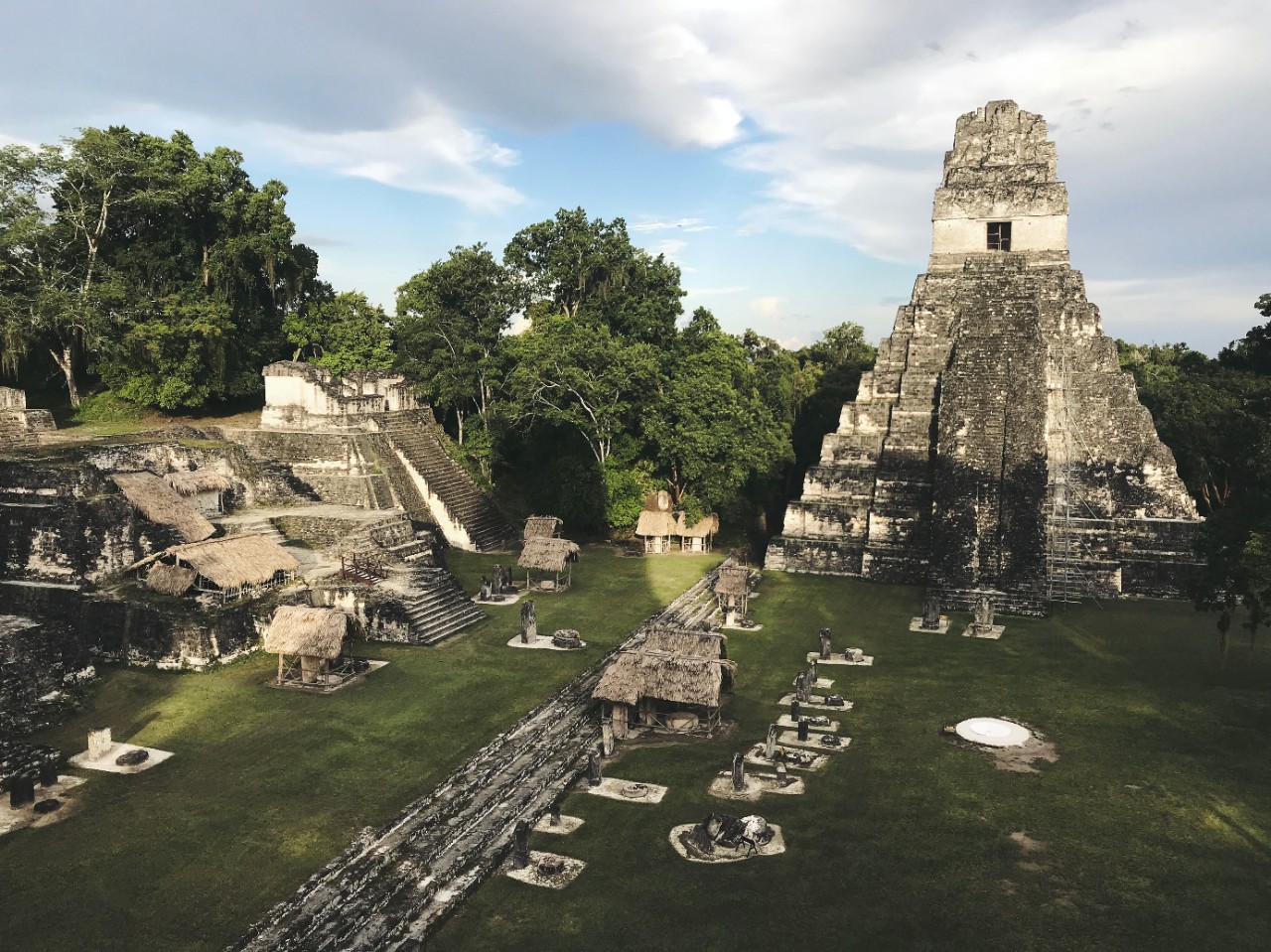
Ancient Origins: Maya cities had unique neotropical forest parks
UC's DNA analysis finds trees and wild vegetation grew around reservoirs in Tikal
Ancient Origins highlighted a study by the University of Cincinnati that used DNA analysis to identify vegetation that grew along reservoirs in the ancient Maya city of Tikal more than a thousand years ago.
Researchers at the University of Cincinnati say Tikal’s reservoirs — critical sources of city drinking water — were lined with trees and wild vegetation that would have provided scenic natural beauty in the heart of the busy city.
UC researchers developed a novel system to analyze ancient plant DNA in the sediment of Tikal’s temple and palace reservoirs to identify more than 30 species of trees, grasses, vines and flowering plants that lived along its banks more than 1,000 years ago. Their findings painted a picture of a lush, wild oasis.
“Almost all of the city center was paved. That would get pretty hot during the dry season,” said paleoethnobotanist David Lentz, a professor of biology in UC’s College of Arts and Sciences and lead author of the study.
“So it would make sense that they would have places that were nice and cool right along the reservoir,” he said. “It must have been beautiful to look at with the water and trees and a welcome place for the kings and their families to go.”
UC researchers from the College of Arts and Sciences and the College of Medicine found 30 species of wild-growing plants.
The study was published in the Nature journal Scientific Reports.
Featured image at top: The pyramids of Tikal rise above the rainforest in Guatemala. Photo/Jimmy Baum/Wikimedia Commons
Related Stories
Mural by UC grad honors U.S. military history
July 17, 2024
Local 12 highlighted a new mural by University of Cincinnati graduate and artist Brandon Hawkins that pays tribute to U.S. military history.
Social media fuels extreme political rhetoric
July 17, 2024
UC College of Arts and Sciences Professor Jeffrey Blevins tells Local 12 that online algorithms fuel political polarization on social media.
NIS program opens new horizons for international student
July 17, 2024
In his pursuit of physics and a taste for research, Akash Khanikor ventured from his hometown in India's Assam to the University of Cincinnati, drawn by the promise of hands-on exploration early in his undergraduate career as a NEXT Innovation Scholar.
